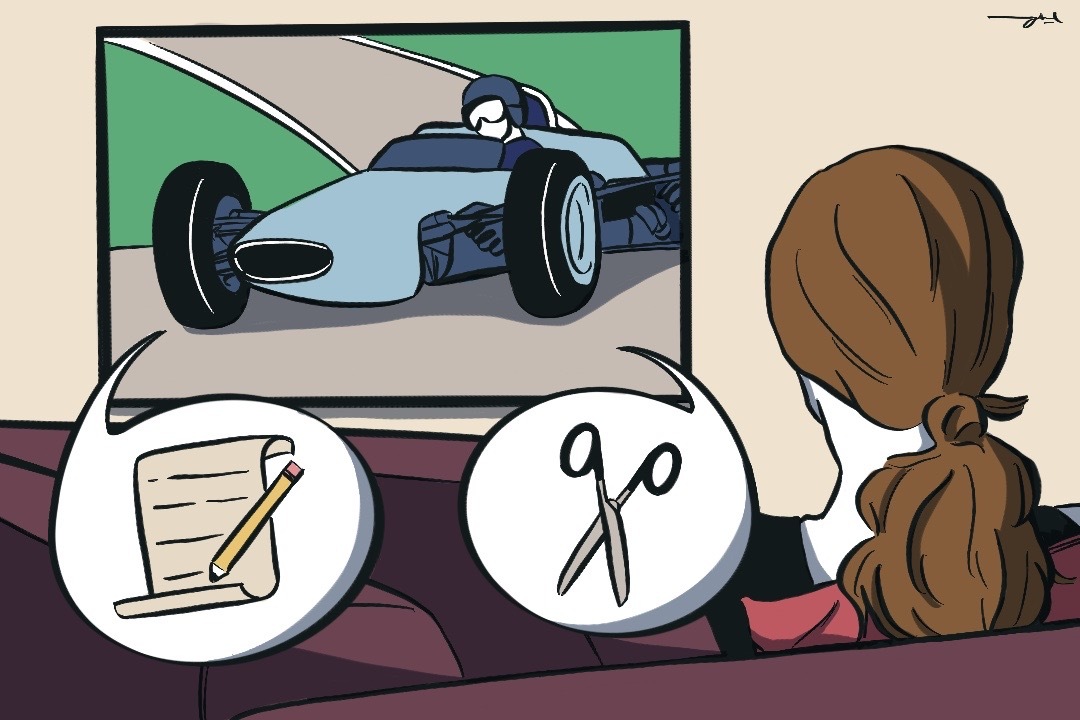Streaming has revolutionized on-demand content that can be binge-watched in a day — creating the perfect opportunity for motorsport to find new sets of eyes. Into the Netflix pits came Drive to Survive, a Formula 1 (F1) docuseries. Debuting in 2019, the series recapped the 2018 F1 World Championship and welcomed new fans to the intricacies of motorsport, while creating stars through its strong focus on drivers and team leaders. The series has inspired other similar sports docu-series — but it’s also controversial for exaggerating racers’ drama.
The impact of Drive to Survive
Four more seasons have come since, and the success of the docuseries is evident. Season three had a week one viewership of over 243,000 in the US. Season four nearly doubled this, with a week one viewership of over 407,000, and broke into Netflix’s top 10 in 56 different countries. This year saw the release of season five back in February, and week one viewership was record-breaking yet again, with nearly 570,000 viewers — a 40 per cent increase from 2022.
But the crowning achievement of Box to Box Films’ hit series isn’t its own success. Rather, it’s how that viewership has carried over to F1 itself. Except for during the 2020 season, which was shortened due to the pandemic, per race average viewership in America has been steadily increasing since 2017. In 2017, per race average viewership was at 538,000. After Drive to Survive’s first season in 2019, the per race average rose to 672,000. In 2022, that number soared to unseen heights, at 1.21 million viewers in the US per race.
The issues with Drive to Survive
Even with such success, the show hasn’t been without its critics. An entire season’s worth of drama and off-the-track politics wasn’t enough, so the show has relied on exaggerating rivalries, sometimes by misrepresenting radio messages. For example, according to Carlos Sainz, the third season’s depiction of the friendly rivalry between himself and Lando Norris was “pushed a bit too far.” Norris, while more forgiving, reiterated this sentiment. The creative liberties taken by the show led Max Verstappen, who is currently on his way to a third F1 championship, to refrain from participating in the series’ fourth season.
But as the show has taken those liberties, it seems to have caught the eyes of a new audience. A survey in 2021 found that the average age of F1 fans has dropped from 36 to 32. The survey also showcased that the sport isn’t only growing in the US: it showed a larger response from the Middle East, Asia-Pacific, and Africa than in a similar survey conducted in 2017.
The question becomes: can such success be sustained without those liberties? While the definitive answer lies in the future, we can make an educated guess.
A better future
Drive to Survive seems to be moving to a more realistic depiction of the sport, as marked by the return of Verstappen this season. After a discussion between the two-time world champion and producers, Verstappen felt he had found common ground with Drive to Survive on how drivers should be portrayed.
That doesn’t mean the show has stopped its antics completely. Episode five of the newest season featured a misplaced radio message of Estaban Ocon stating, “that feels like a win today,” after finishing eighth in France. Ocon believes the clip was from either his fourth-place finish in Japan or fifth-place finish in Austria. Although the clip was a misrepresentation, its use didn’t lead to any exaggerated rivalries.
Another example of this style of docu-series is Full Swing, Box to Box Films’ golf docu-series that debuted earlier this year. Nielsen Media Research revealed that 63 per cent of Full Swing viewers tuned into the Professional Golfer’s Association Tour in the two months after its release, and 11 per cent of those viewers tuned in to Full Swing without having watched tour coverage for six months before the series’ release.
Full Swing’s success has been met with a renewal for another season — without relying on forced drama. The majority of criticism regarding the show has revolved around the lack of probing regarding certain athletes’ choices to participate in the Saudi-backed LIV Golf tour. Both the latest iteration of Drive to Survive and the newly debuted Full Swing are steadily moving in a grounded direction while increasing viewership in their respective sports all the same. Drama has given way to a focus on the true stars: the athletes and the games.



No comments to display.